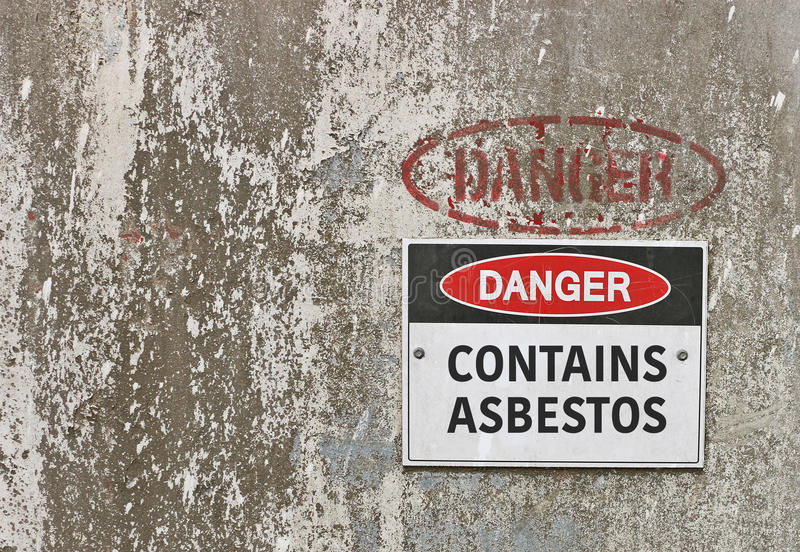As New York’s Capital Region’s premiere selective demolition and environmental remediation professionals, we’ve seen it all in our nearly 20 years in business.
One of the most common –and dangerous– issues we deal with is asbestos.
Many clients come to us after learning their property has asbestos and are understandably nervous, confused and even scared.
Let’s dive into the most common questions we get about asbestos:
WHAT IS ASBESTOS?
Asbestos is a naturally occurring fibrous silicate mineral. There are six types:
- chrysotile
- amosite
- crocidolite
- anthophyllite
- tremolite
- actinolite
all of which are composed of long thin fibrous crystals, each fiber being composed of many microscopic “fibrils” that can be released into the atmosphere by abrasion and other processes.
WHERE IS ASBESTOS FOUND?
Asbestos is found in both commerical and residential properties and even in parts of cars! Examples of products that might contain asbestos:
- Sprayed-on fireproofing and insulation
- Insulation for pipes and boilers
- Wall and ceiling insulation
- Ceiling tiles
- Floor tiles
- Older mastic (glue) for floor tiles and baseboards
- Old fume hoods and lab benches
- Putties, caulks and cements (such as in chemical carrying cement pipes)
- Roofing shingles
- Siding shingles
- Wall and ceiling texture
- Joint compound
- Brake linings and clutch pads
WHY WAS ASBESTOS USED? WHEN DID ASBESTOS STOP BEING USED?
Asbestos was used for its fiber strength and heat resistance. Because of this, asbestos was used to strengthen and fireproof materials including concrete, bricks, fireplace cement, pipes and insulation.
The EPA banned all new uses of asbestos in 1989. However, in 1991 the U.S. Court of Appeals for the Fifth Circuit overturned the ban due to pressure from industry lobbyists. Because of this, certain asbestos-containing products, such as gaskets and brake pads, are still sold in America.
WHAT ARE THE HEALTH RISKS OF ASBESTOS? WHAT DOES ASBESTOS DO TO THE BODY?
A long duration of asbestos exposure can lead to serious health effects such as asbestosis, lung cancer and mesothelioma.
The asbestos fibers irritate and scar lung tissue, causing the lungs to become stiff. This makes it difficult to breathe.
WHAT IS MESOTHELIOMA?
Mesothelioma is a cancer that affects the thin membrane protecting several of the body’s most important organs, including the lungs, abdomen and heart.
DOES ASBESTOS CAUSE LUNG CANCER?
Inhalation of asbestos fibers has been linked to an increased risk of lung cancer in many studies of asbestos-exposed workers.
WHY DO YOU NEED TO REMOVE ASBESTOS?
When it comes to selling a property, asbestos can have a negative effect on the value of the property. Removal is complex and must be done only by a licensed contractor with special training. Improper removal can increase the health risk to inhabitants.
HOW IS ASBESTOS REMOVED?
Asbestos is removed safely and efficiently by a licensed and trained contractor, with the use of the proper PPE (personal protective equipment). The area of concern is sealed off and containment practices are used to prevent the migration of fibers. Wet methods are used during removal with all material properly disposed of.
WHY IS ASBESTOS BAD FOR THE ENVIRONMENT?
When construction, demolition, mining and manufacturing activities release asbestos into the environment, it contaminates the air (where it can be inhaled), water (where it can be ingested), and soil (where it can easily be distributed into the air).
WHAT TO DO IF YOU HAVE ASBESTOS:
If asbestos has been discovered in your residental or commercial property, reach out to us for a complimentary quote – you need a specialized contractor who has the experience and workforce to handle the job!
At C&C Unlimited, we pride ourselves on completing projects safely, on time, on budget and within scope.

